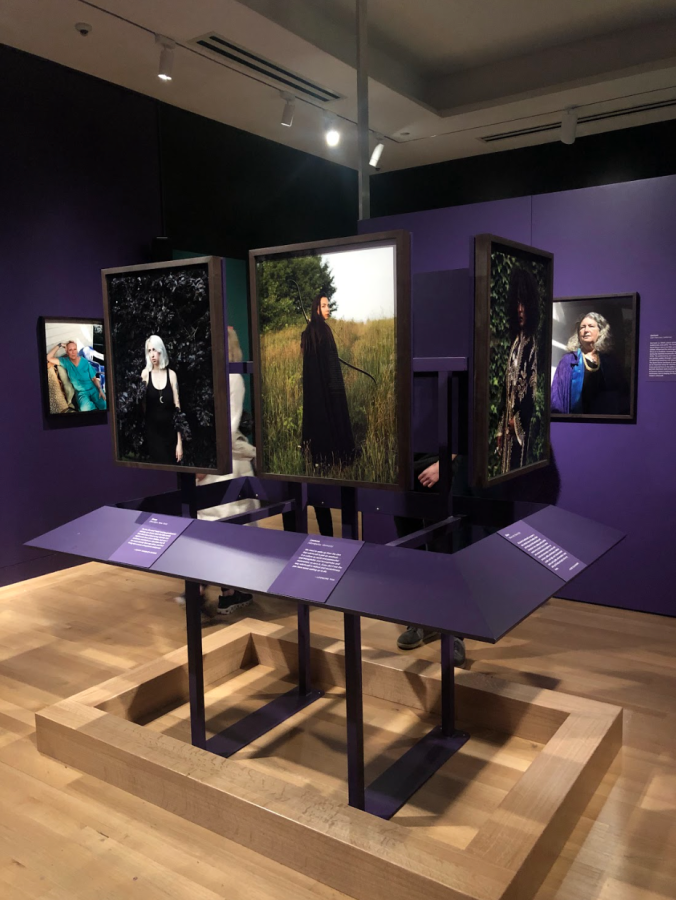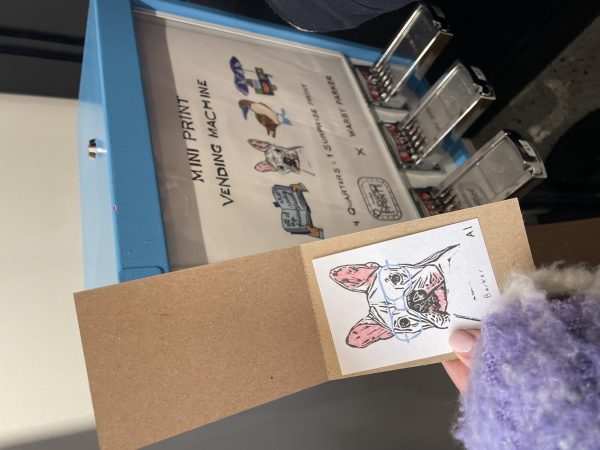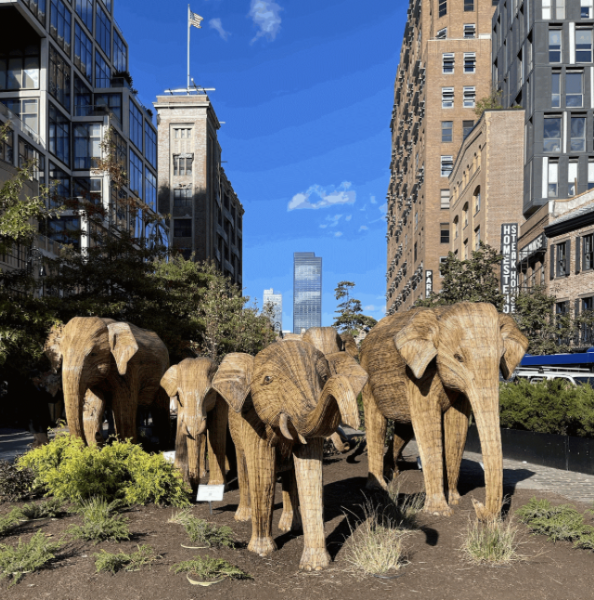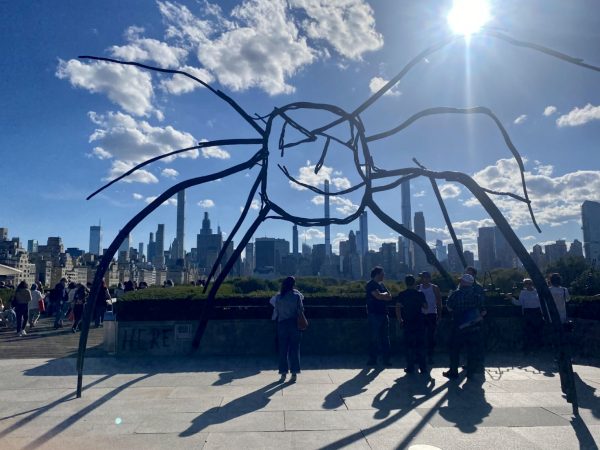Reclaiming The Story of The Salem Witch Trials
In 1692 and 1693, 25 people — mostly women — were unjustly executed in Salem, Mass. Members of the extremely religious town accused over 170 residents, especially those on the fringes of society, of witchcraft and serving the devil — leading to one of the most prominent examples of mass hysteria and injustice in history. On Oct. 7, The New York Historical Society (NYHS) opened the exhibit, “The Salem Witch Trials: Reckoning and Reclaiming,” which aims to tell these stories and ask the question: “In moments of injustice, what role do we play?”
The exhibit was organized by the Peabody Essex Museum in Salem and co-curated by Dan Lipcan, Paula Richter and Lydia Gordon, and coordinated by Anna Danziger Halperin, associate director of the Center for Women’s History at the NYHS. The exhibit is on the fourth floor of the museum in the Joyce B. Cowin Women’s History Gallery, which, according to the plaque outside the gallery, was no coincidence, as the Salem Witch Trials were largely the result of a deeply patriarchal society. At the time, these trials and accusations were used to both control women and push them out of society, the exhibit aims to embolden their voices and honor them 300 years after their deaths.
The first room of the exhibition tells the history of the Salem Witch Trials, a story which is often lost in the legends and lore. In fact, nearly 700,000 people visit Salem every Halloween, despite the fact that these women were not witches, but rather victims of a violently sexist system. Through documents and plaques, this room describes 17th century Salem, its history and its values in stunning detail, laying the groundwork to understand what led to this great injustice. In telling the history of the trials, the first room focuses on Tituba, one of the first women accused of witchcraft. Tituba was an enslaved person brought to Salem (by her accuser) from Barbados — highlighting the prejudice and racist elements of this event as well.
The second room, Material Manifestations, highlights individual people, through artifacts, to tell the story. Additionally, court documents and letters defending the accused are displayed, which you can also read on the Peabody Essex Museum website. Seeing the accused’s belongings (which range from chests to looms to a beautiful glass window) humanizes their stories and reveals a deeply personal and sad side of this time period, which is often portrayed as “spooky” or fascinating in books and movies. The exhibit has low light, dark walls and simple cricket audio, which encourages visitors to reflect and grieve for these women.
The third room is dedicated to a collection by fashion designer Alexander McQueen. In 2006, McQueen learned that one of his ancestors, Elizabeth How, was executed during the Salem Witch Trials. In her honor, he designed the ready-to-wear collection: “In Memory of Elizabeth How, Salem 1692.” The NYHS exhibit displays one of the pieces, a navy evening gown, above a red pentagram drawn on the floor. According to the plaque, “McQueen explores the injustice of her execution through symbols and imagery associated with witchcraft and the occult,” focusing on memory and reclamation.
The fourth room, Frances F. Denny’s “Major Arcana,” draws on the idea of reclamation by focusing on modern day witches. Denny is the descendant of Salem Trial Judge Samual Sewall, one of the nine judges involved in the trial. Over three years, she photographed and interviewed 75 modern witches and the portraits are displayed in this room, along with audio from the interviews playing over speakers. None of the accused in Salem called themselves witches, however there has recently been a reclamation of the identity by many shamans, healers, occultists, etc. These modern witches hone in on spiritualism, femininity and activism when defining what it means to be a witch.
The final room, Reflections, encourages visitors to reflect on how their perceptions changed. A TV plays clips from movies and TV shows with themes about witchcraft and Salem, and next to it a plaque reads, “Over the past 330 years, the events have inspired countless artistic and pop culture responses, reflecting the hold that Salem has on our collective consciousness. Some reclaim the dignity of those accused, while others vilify witchcraft. Generations of women’s rights advocates have pointed to witch hunts as tools to oppress women who dare to challenge gender roles. Each version tells the story anew for its own moment, with the interpretation reflecting the creators’ — and society’s — perceptions of women’s knowledge and power.” The plaque then asks, “Which story will you tell?”
The Salem Witch Trials: Reckoning and Reclaiming is on display at the New York Historical Society until Jan. 22, 2023, and students’ admission to the museum costs only $13.

Ava Erickson is a senior from Denver. Her passion for writing and language led her to double major in journalism and Spanish studies. She began working...












































































































































































































